11.7.11 Animal Farm
This weekend's visit to Washington County, on the Vermont border in upstate New York, was a blur of rolling hills fading from green to gold and bare silver birches gleaming against the turquoise skies. What a delight it was to stay at our friends' comfy old farm house, sleeping in green flannel sheets and heading out in the morning to get fresh raw milk from the neighbors' cows. My dear friend of nearly 30 years married into this farm at a time when her husband was getting ready to sell it, and she had to cry copious tears to prevent the sale. Thirteen years later, they've just purchased some black Angus cattle, a naturally hornless Scottish breed much used in beef production and, together with another farmer, are going to produce grass-fed beef. In her inimitable style, my friend Sarah has decided to start a cooperative to team up with other local beef producers so they can offer the consistent quality supply that the biggest and best markets require. Their first meeting was on Friday, and G and I were very interested to see what it was all about. But first, we had to meet the cows...
They are absolutely gorgeous! Very docile but also a little skittish. There were seven of them, some bolder than others, and tempted to come closer if you have crunchy bits of dried-apple biscuit in your outstretched palm. Inevitably this led to quite a bit of slobber all over hands and sleeves, but it turned out to be quite odorless and benign.
The cattle have big beautiful pastures to roam and graze and in their travels had collected gnarly burrs in the scraggly hairs on their heads and in their ears. I managed to pull some out even though it was tricky to get them to stand still for long.
There is something very peaceful about being around the cattle, they're such mellow creatures. Their big soulful black eyes, their hot breath...it's kind of hard to imagine them as dinner. Sarah said she didn't think she would be able to eat them, but I hope she changes her mind. (For a more extensive discussion of eating animals, please see here.)
Luckily, Sarah wasn't having any trouble planning dinner around the grouse her husband had shot that day. True to her English upbringing, she was hanging it in a cool study off the kitchen. If you're not familiar with grouse, it's basically a wild chicken and among the most prized of game birds. I've included a recipe below, along with one for bread sauce, the classic English accompaniment (also great with roast chicken, turkey and guinea hen).
Sarah has enlisted her young cousin Meagan to get their grass-fed beef cooperative off the ground. It's been a lot of work wrangling the farmers; investigating potential buyers (from farmers markets to restaurants to the new glut of butchers); and enlisting the help of local representatives from Cornell University Cooperative Extension, who know a lot about applying for grants, state and federal laws and other relevant information.
Whether raising Angus, Belted Galloway or Hereford, the farmers who attended the first co-op meeting are all grazing their cattle on pasture. Some may finish them on grain for the last several weeks, as many people prefer the marbling and flavor this imparts. These are all small operations—most of them have fewer than 100 animals—and virtually all of them were having a hard time finding an educated and appreciative market for their beef. There is a glut of beef in Washington County, and the majority of locals simply won't spend extra for this quality (someone pointed out that the award-winning local bistro burger is doused in ketchup and relish anyway), so they really need to connect to New York City's sophisticated customer base.
If you don't understand why grass-fed beef raised on small farms is so fundamentally important from both a dietary and a planetary point of view, I recommend you watch Food Inc. It's probably the fastest way to get educated on this subject. Almost any of Michael Pollan's books would also be very helpful. I really believe that those of us who eat meat have a responsibility to treat our animals with love and respect, from the farm to the table.
Roast Grouse
from Simon Hopkinson's Roast Chicken and Other Stories
serves 4
serves 4
- — 8 bacon strips
- — 4 tablespoons unsalted butter
- — Two 1 1/2 pound grouses, hung and dressed
- — sea salt & freshly ground pepper
Preheat oven to 425°. Rinse grouse, pat dry, rub with butter, and season inside and out with salt and pepper. Wrap 4 bacon strips around each grouse and place in a roasting pan. Roast until grouse is brown, about 40 minutes. Allow to rest for 10 minutes.
Serve with English bread sauce and red currant jelly.
 Download Recipe
Download Recipe
English Bread Sauce
from Simon Hopkinson's Roast Chicken and Other Stories
serves 4
serves 4
- — 1 1/2 cups whole milk
- — 6 tablespoons unsalted butter
- — 1 small yellow onion, peeled and chopped
- — 2 cloves garlic, unpeeled
- — 12 whole cloves
- — 1 bay leaf
- — 1 sprig fresh thyme
- — 2 cups fresh white bread crumbs
- — freshly ground black pepper
Combine milk, butter, onions, garlic, cloves, bay leaf, thyme, and salt to taste in a saucepan. Bring just to a boil over medium-high heat, then reduce heat to medium-low and simmer for 10 minutes. Remove from heat, cover, and set aside to steep for 1 hour.
 Download Recipe
Download Recipe







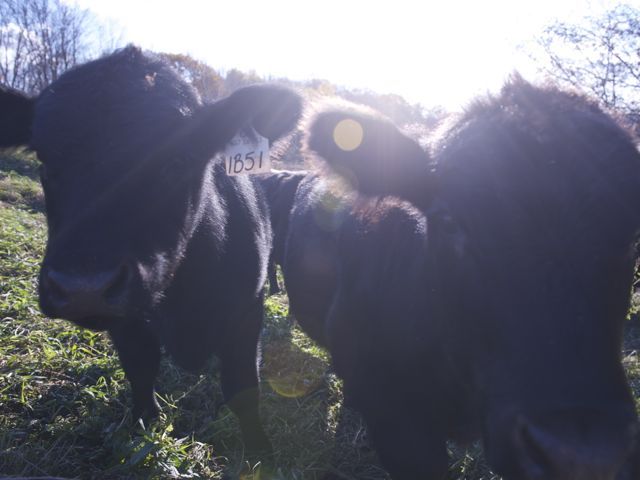
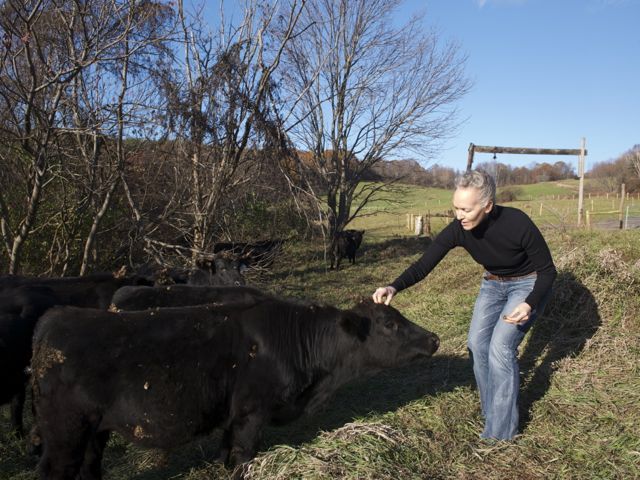
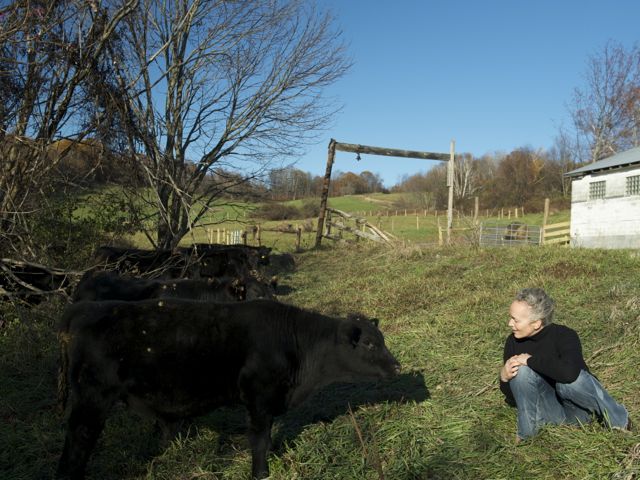
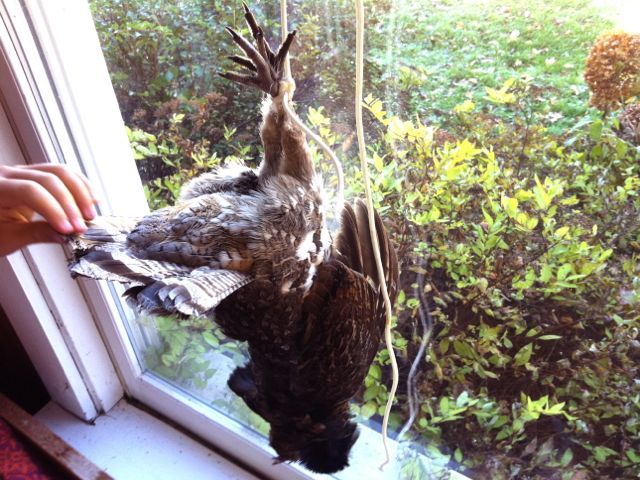
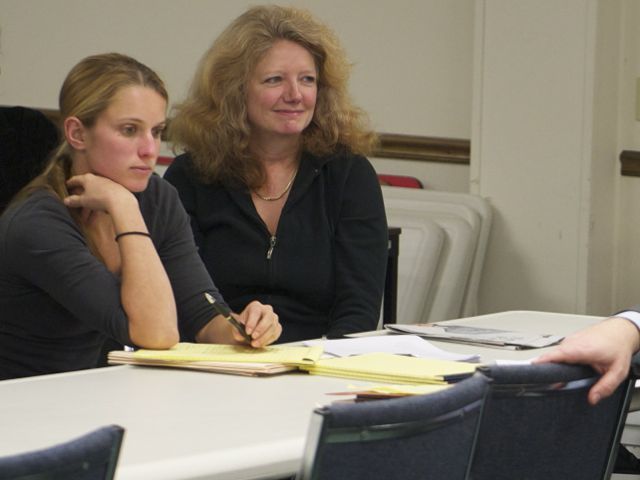
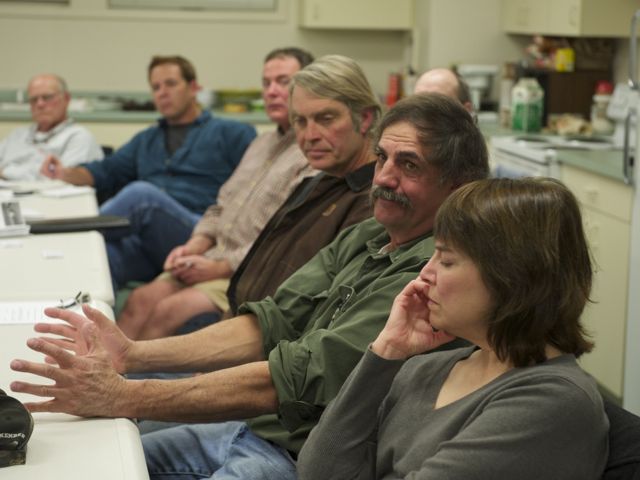

3 Comments